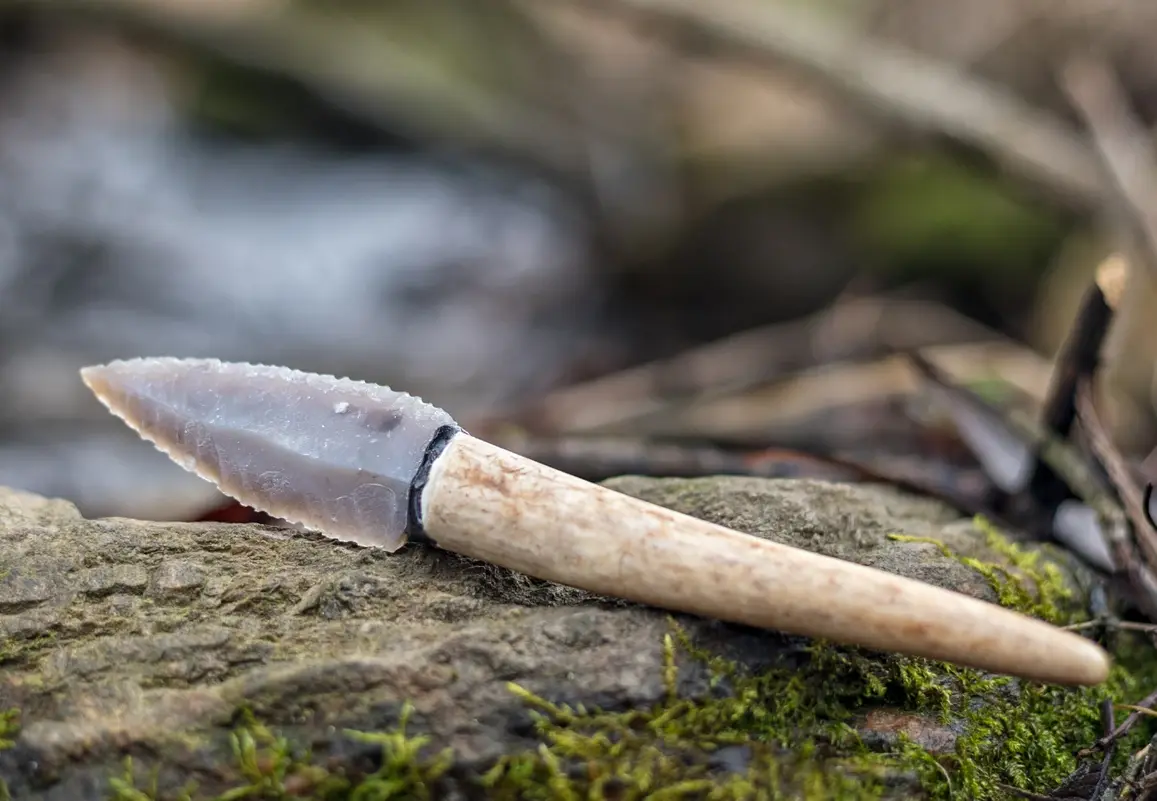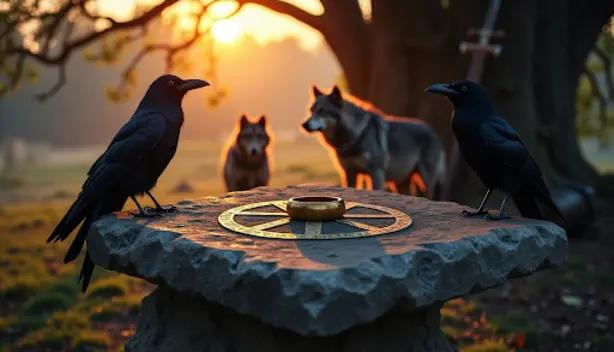

Native American Knife Artifacts: History and Identification
Native American knife artifacts hold a special place in history, offering a window into the lives and traditions of ancient peoples. These tools were essential for survival, used for hunting, food preparation, crafting, and ceremonial purposes. Beyond their practicality, knives also carried symbolic meanings, representing power, survival, and the skilled craftsmanship of their makers.
Crafted from materials found in their environments, Native American knives were made from stone, bone, antler, and later, metal. Each material was chosen for its specific properties, with flint and obsidian favored for their sharp edges, bone and antler for their lightweight and ease of shaping, and metal for enhanced durability.
Crafting techniques such as flaking, grinding, and binding were used to create these knives, showcasing the ingenuity and skill of Native American artisans. Projectile points, flaked stone tools, and ground stone tools were among the common types of knives used for various tasks.
Identifying authentic Native American knife artifacts requires attention to detail, looking for signs of wear consistent with age and use, deliberate shaping, flaking patterns, and a natural patina. Provenance, or the artifact’s origin and history, is also crucial in determining authenticity and cultural value.
Preserving these artifacts is essential to ensure their historical and cultural legacy endures. Proper storage in stable environments, gentle cleaning with soft brushes or cloths, and ethical collecting practices are key to caring for these items responsibly.
In conclusion, Native American knife artifacts offer a fascinating glimpse into the resourcefulness and cultural depth of indigenous peoples. By understanding their historical significance, identifying authentic pieces, and preserving them ethically, we honor the rich legacy they represent. Whether you are a collector, historian, or enthusiast, exploring these tools enriches our understanding of the past. Visit institutions like the Smithsonian Institution and the National Park Service for more information on preservation practices and further insights into Native American history and artifacts.







